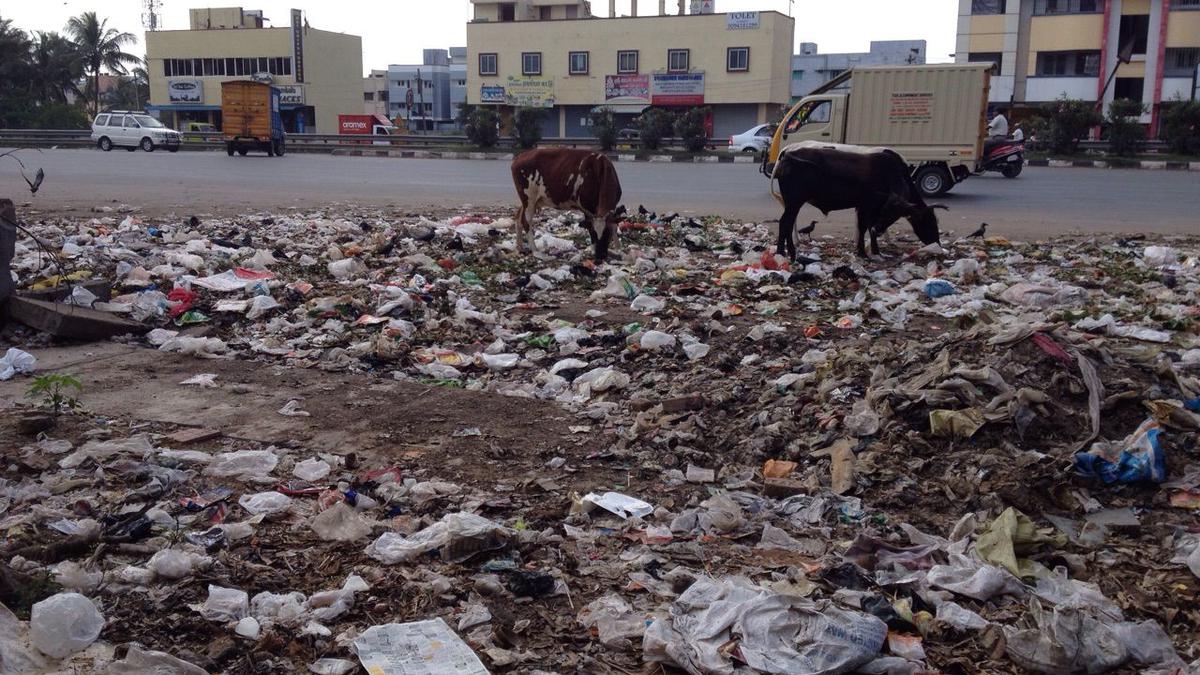
Explained | How are straydog bites related to poor waste management? Premium
The Hindu
What is the link between an area’s straydog population and how waste is collected and managed? What role can equitable housing and sanitation policies play?
The story so far: In April, a 65-year-old woman in Srinagar was attacked by street dogs outside her home. Also sitting in front of her house is a garbage collection point — a mound of food and poultry waste that becomes food for free-roaming dogs in the area, as per reports.
The incident, one among several, spotlighted the link between urban solid waste management and stray dog attacks in Indian cities. Frequent reports of dogs chasing people down the road, attacking and even “mauling” people to death have made the management of stray dogs an administrative and legal issue.
But what also determines how frequently, and where, these attacks happen is how efficiently a city’s sanitation and waste disposal facilities operate, experts say. According to them, unless cities learn to manage solid waste better, rabies vaccines and dog sterilisation will have little effect.
The “carrying capacity” — the ability of a city to support a species — is determined by the availability of food and shelter. Free-ranging dogs, in the absence of these facilities, are scavengers that forage around for food, eventually gravitating towards exposed garbage dumping sites. Dogs thus congregate around urban dumps, such as landfills or garbage dumps, due to feeding opportunities.
A population boom in Indian cities has contributed to a staggering rise in solid waste. Indian cities generate more than 1,50,000 metric tonnes of urban solid waste every day. Per a 2021 United Nations Environment Program report, an estimated 931 million tonnes of food available to consumers ended up in households, restaurants, vendors and other food service retailers’ bins in 2019. Indian homes on average also generated 50 kg of food waste per person, the report said.
This food often serve as a source of food for hunger-stricken, free-roaming dogs that move towards densely-populated areas in cities, such as urban slums which are usually located next to garbage dumping sites and landfills. A 2021 Bengaluru-based study found garbage from bakeries, restaurants and houses was the primary food source for free-roaming dogs. The authors recommended, “steps to reduce the carrying capacity of the environment by regulating feeding around bakeries and improving waste management in public spaces”.
ALSO READ | Educating public on source segregation is the way forward in waste management













